In the same section
1. Social innovation
The objective of research and design at LL2A is to bring a solution to an identified social or medical need, and thus have an impact on people’s lives, in and through actors’ interaction. This is why participatory design is so central to our approach to innovation, together with a strong focus on sociotechnical concerns. The concept of "social" – and how it shapes technology – is at the centre of the approach developed to understand the acceptability of technologies to support ageing well.The LL2A contributes to developing conceptual reflection and applied research around the acceptability and the usability of technology. For example, an important part of LL2A’s recent research is dedicated to the acceptance of social robotics and general user experience of Human-Robot Interaction.
First, both prevention and social action centres work closely with LL2A in a holistic approach to ageing well. This idea of continuous prevention takes into account the medical, the psychological and most importantly the social aspects of ageing. The care relationship with professionals visiting the home is studied in context, according to the category of caregiver, for example, by studying in situ the role of the nurse. In addition, understanding the work of home service professionals such as housekeepers enables questions concerning the complexity of activities related to healthy and active ageing to be addressed.
Second, family caregivers are also integrated into the LL2A ecosystem. Indeed, it is essential to identify the real participation of people of the neighbourhood that occurs as a complement to that of the family circle. This involvement in the lives of the elderly is observed in two dimensions: moral support and material assistance.
2. Organisational innovation
LL2A complementarily combines various skills and competencies. The LL2A environment is composed of "clusters" of companies, healthcare stakeholders, and research laboratories. Interdisciplinary collaboration is emphasized, ensuring that bridges between: technological – social – economic – health, approaches can be built. Such an ecosystem is favourable for developing innovation through usage, with the final objective that is shared in common, which is providing daily support to the elderly. These solutions for autonomy include connected objects, smart home and socially assistive mobile robots.The key elements in the success of LL2A are:
- Field studies: Acquisition of physiological and biomechanical signals, coupled with an analysis of social interactions, thus ensuring that all aspects of ageing and the onset of frailty can be fully understood.
- Prototyping: Usefulness, accessibility and acceptability of technological solutions for the elderly and healthcare and home service professionals, are iteratively evaluated and improved.
- Ethnographic observations: Specific user needs and constraints for the technology or service developed will be observed initially in the controlled environment of the LL2A platform, before on observation phase in situ, in homes, as well as in prevention and care centres, with the solutions integrated in subsequent iterations.
Date of update 04 February 2020


